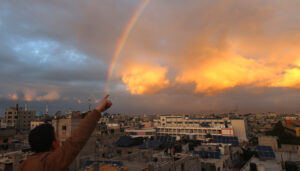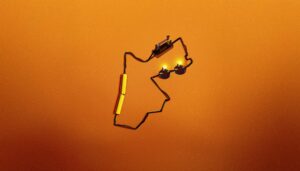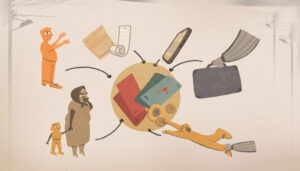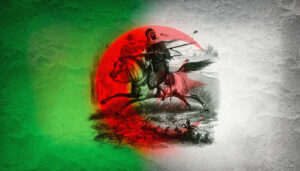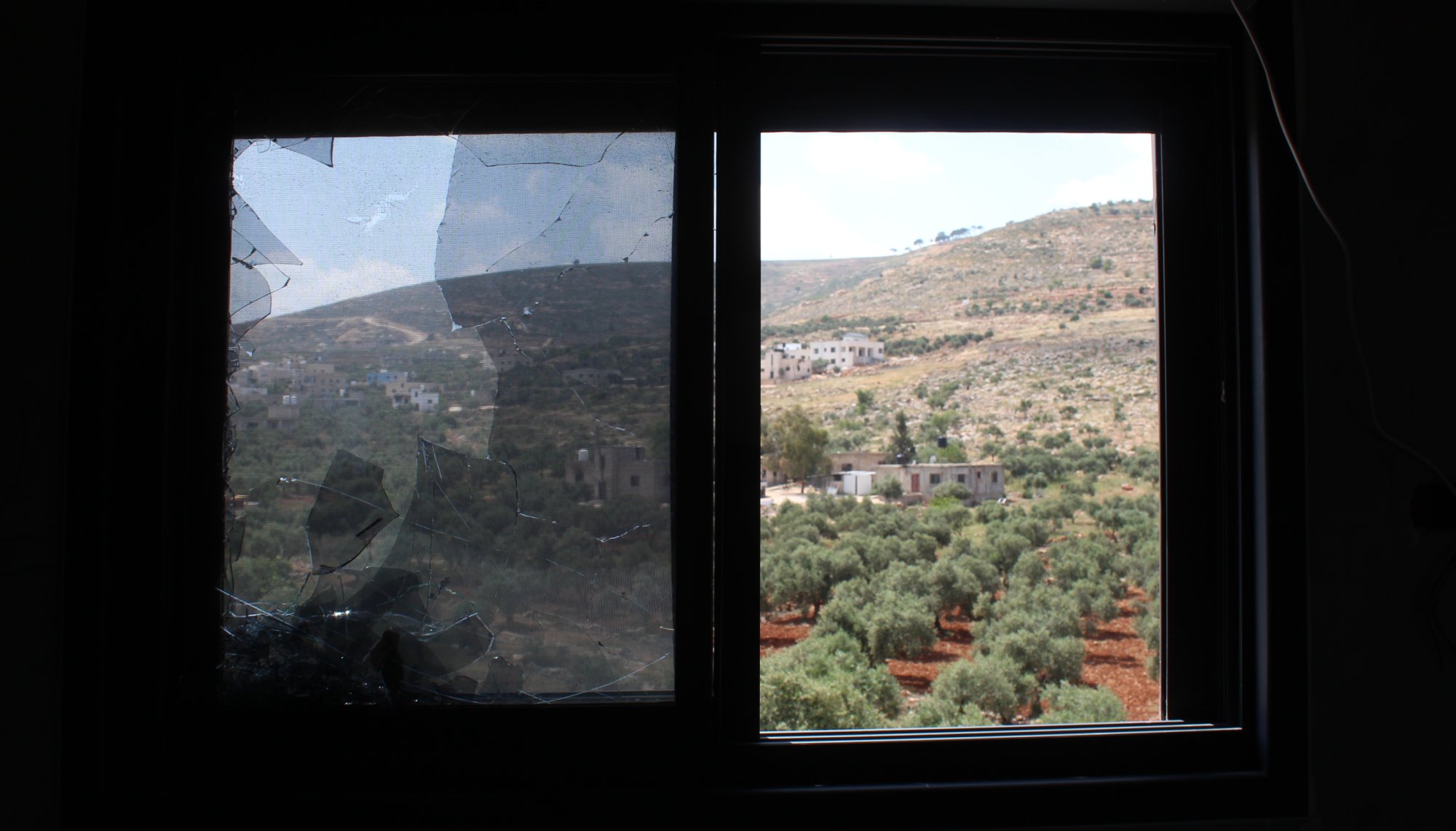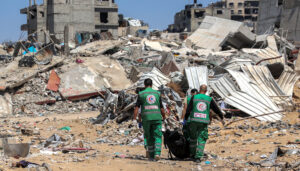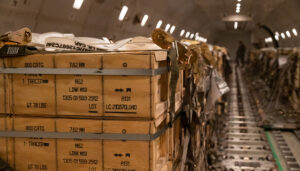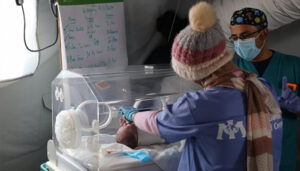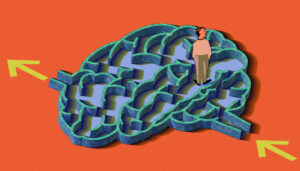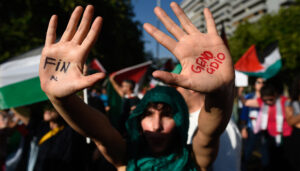
Written by Wendy Meridian.
Nadia Dajani is a rare woman who has been able to combine her talents, unique upbringing and passion to succeed on her own terms in Amman. Even rarer, she is bringing other women along a parallel path with her from some diverse regions of the Middle East. We had the privilege of learning more about Nadia herself, her work, and the where she is taking her expanding vision.
Most of us recognize the distinctive style of Nadia Dajani’s creations, and see her name as synonymous with culturally-infused, contemporary Jordanian jewelry. Not as many know her story and the surprising turns her artistic journey has taken. From London to East Amman to Baghdad, Nadia is influencing women not only through her wearable art, but in giving others new hope for their family’s future.
7iber: Nadia, what about your background helped propel your work-ethic?
ND: Looking back, I strongly believe that it was my years as a student at St. Paul’s Girls School in London that played a big role in framing my upbringing. The educational thrust was not: “Here is the information, learn it”, but rather “Here is the information, what will you do with it?” We did not receive grades, but were instilled with a hunger for learning for the purpose of doing, not receiving high marks. The culture of this kind of education was to compete with oneself alone to excel, not against others and rest on our laurels. We were challenged to find the answers for questions such as: “How do I justify myself to the world”, and “What is my contribution to the world going to be?” The theme of one of my school books was: “Persistence Pays” and I carry the driving force of those life philosophies with me even today, asking myself “What will I achieve in this day?”
7iber: You studied architecture at University College in London. How did your profession intersect with jewelry making?
ND: I enjoyed my time working in that field in London after college, and especially participating in the creation of the Jordanian Pavilion at Expo 2000 in Hanover, Germany. Architecture brought together many facets of my skills and interests: design, ancient cultures, and archaeology. Jewelry making, as a hobby I began when I was still in college, paralleled my interests as architecture did. I’ve always designed for myself, not for others, from ideas that resonate with where I am at the time; from materials I connected with: metals, stones.
7iber: When did making jewelry move from being a hobby to a profession?
ND: One day while browsing stores in London, as I was admiring a piece of jewelry, the shop owner was admiring my earrings. He asked where I got them, and I told him that I made them. Without blinking an eye he replied: “I’ll give you 200 pounds as a down-payment- and am interested in any new designs that you come up with”. Subsequently, I began supplying his store, and it was the catalyst of my new adventure. I have been designing jewelry for fifteen years now, and I opened my flagship store at the Intercontinental Hotel in 2004. My goal even then was that it should not be just a store, but an art gallery, as the contents and displays are continually transformed, as different angles on different themes ebb and flow.
7iber: What inspires your designs?
ND: I endeavor to both tell a story and create a message of cultural identity through my designs. Blending East and West through the use of gold, silver, and locally mined copper, I then look at the cut, color and feel of different stones. Sometimes it is to fit the theme of a collection, such as the new designs for the well-known Royal Society for the Conservatory of Nature motifs. While maintaining the signature look of the RSCN, I am enjoying incorporating new shapes of Jordanian nature for the silver artisans of the silver workshops at Wadi Dana and Wadi Mujib. My desire for reflecting history and archaeology in my work was highlighted in the exhibition entitled ‘History of Jordan through Jewellery’ which was held at Four Walls Gallery at the Sheraton Hotel in Amman in 2002: canvassing 8,000 years of Jordanian history and tradition, through jewelry collections that spanned different eras in the history of this land. The richness of our archaeological history is not so well known, which makes it more than just a theme in my designs, but a pulse. The result of all this research and hard work has been recognized by not only Jordanians, but has attracted fashion devotees from around the world: as they have been exhibited throughout Europe, the US and Asia. One necklace was seen at the premiere of a Hollywood film, and another on a guest on Oprah!
7iber: In addition to being an artist and business woman, you created a new niche in empowering underprivileged local women.
ND: I am a strong advocate for corporate social responsibility, and giving back to the community and to society inspires my work. All our products are handmade in Jordan by Jordanian ladies. Till now, I have trained over thirty needy women in the art of jewelry making in order to provide a livelihood for their families. Most are illiterate, have no education, some even physically challenged, but they are now learning the same principles which propelled me at St. Paul’s. Many have natural artistic inclinations, but of course, had no outlet for these artistic tendencies. I look for women who are enthusiastic about wanting to learn, and to create- for if the love of making a piece is missing, an element of its beauty will be lacking as well. It has been a joy to watch the ladies come alive as their creativity is integrated into satisfying work. They are reflecting the true soul of our country. Through their work, one has built an extension on their small home, another put her daughter through nursing school, and by and large, their self confidence has increased as well as their sense of identity as they have pride in their abilities and their talents.
7iber: You’ve expanded that role of advocate beyond our borders now, helping women in Iraq. How did that come about?
ND: Zeinab Salbi, the CEO of Women for Women International, is a client of ours, and the one who wore one of our necklaces on Oprah. Through our different exchanges, she mentioned we should think about collaborating, as we were promoting the same thing, but in different ways. When I did some research on what it was she was involved with, I was amazed at what she had accomplished and was thrilled with the thought of connecting at that level. She is President of Woman for Women International, a nonprofit organization dedicated to providing women of war and civil unrest with the skills and resources to become self-sufficient. In working with Women for Women, I have been able to begin a new cycle of help for Iraqi women. I’ve designed for them ‘in exile’ as it were, from here, a collection called “Remember Me”. The sales of this very special collection raise money for programs which benefit these women, our neighbors.
